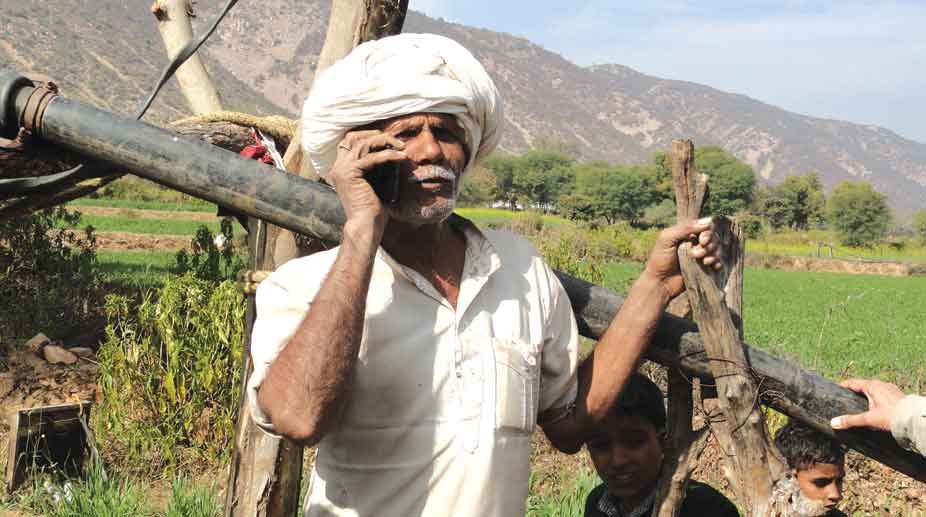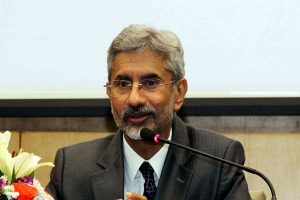The challenges of disseminating information to areas which are challenged in terms of literacy, communication media and awareness are manifold. There is a large information divide that exists at the grassroots level, say experts working in this sector. There are many communities who either live in media dark areas or do not have the resources to access media. Due to this, their concerns are not covered, and there is no platform through which they can be heard.
This is exactly why a community media programme to empower individuals and communities through information-based communications is essential, the experts say. This includes community radio and mobile technologies as well some alternative mediums that help champion the voices of the most isolated and vulnerable populations by raising citizen awareness and providing a platform for expression.
Advertisement
“Government programmes and schemes to uplift the communities are available in plenty, but the challenge is that there is no, or very limited, information dissemination about these to the people,” said Pooja O Murada, director, communications, at S M Sehgal Foundation. “Thus, communications and dissemination of information to the right target audience, at the right time, is the key to development. It helps them not just with access to their entitlements, but largely also supports the communities to come out of the vicious circle of poverty ~ in other words the poverty of economic, social and voice.”
Advertisement
Alternative medium
Street plays are also a beneficial way to spread important social messages. Alternative mediums or community media initiatives create an ever-widening and community-driven network to connect individuals and communities to new knowledge, essential government services and local cultural traditions.
At the end of the day, community media or grassroots communication is all about communicating the content that is needed by the community and is shared in their local dialect and is by the local people. Community participation is the strongest pillar in making communications an effective tool for dissemination of information on rights.
Community radio
Six years back, Pooja O. Murada established a community radio station called Alfaz-e- Mewat, with the support of S M Sehgal Foundation, in a village called Ghagas, of the Nuh district, Haryana. The community radio currently reaches out to 225 villages in the region, broadcasts for 13 hours daily, with the content being chartered by the community people.
Why this project? In areas like the Nuh district in Haryana, which is one of most backward districts, its proximity to the Capital and the millennium city of Gurgaon has little impact, Murada explained. The area is characterised by some of the lowest socio-economic development indices, including low literacy rate, large family size, small farm holdings, to mention a few.
“As community participation brings out the true essence of community radio, we encourage interested peple to come to the station and learn about radio broadcasting. Many volunteers contribute towards programming. In pursuit of communication taking the ownership of programming, we also face the challenge that community members may not understand the ethics, guidelines and code of conduct while recording or going live. The role of the community radio team becomes crucial with floating community volunteers on radio; monitoring of content, and training of volunteers is a regular process, and there are slips and errors that become a benchmark to learn from.” The community listens to the radio both on mobile phones and on radio sets. For women particularly, access to radio sets helps, as they listen to radio programmes while doing household chores. An increasing interest of women to participate in radio live discussions and phone-in programs has been noted; here they get an opportunity to share their thoughts or ask for a show/song of their choice.
“Advisory groups comprise community members; they guide the team members at the radio station on programming. The integration of local government bodies, through their officials attending the live shows and phone-in programmes, enables the community to connect directly to them, which serves as a boost for all stakeholders; the sense of connect and belonging are, thereby, enhanced, and solutions to challenges can be found relatiively easier.”
Advertisement











